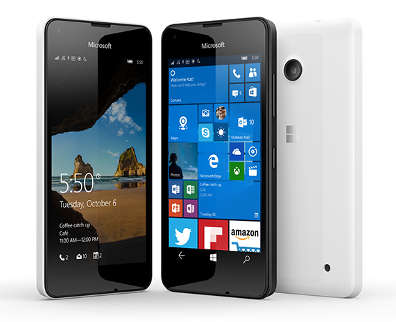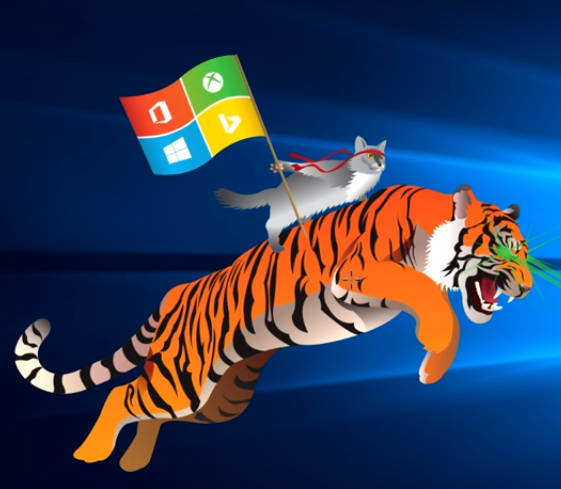| Microsoft and Qualcomm Bring ARM to Windows 10 |
| Written by Harry Fairhead | |||
| Friday, 09 December 2016 | |||
|
At this week's WinHEC event in Shenzen, China Microsoft announced a partnership with Qualcomm which brings Windows 10 to the Snapdragon processor. What exactly is going on?
As Terry Myerson, Microsoft's executive vice president, Windows and Devices Group, puts it: Windows 10 is coming to ARM through our partnership with Qualcomm. For the first time ever, our customers will be able to experience the Windows they know with all the apps, peripherals, and enterprise capabilities they require, on a truly mobile, power efficient, always-connected cellular PC. Hardware partners will be able to build a range of new Qualcomm Snapdragon-powered Windows 10 PCs that run x86 Win32 and universal Windows apps, including Adobe Photoshop, Microsoft Office and popular Windows games. Terry Myerson said: With Windows 10 on cellular PCs, we will help everyone make the most of the air around them. We look forward to seeing these new devices with integrated cellular connectivity and the great experiences people love like touch, pen and Windows Hello, in market as early as next year. If you have been following the strange and wonderful story of Windows on ARM, and mobile in particular, you might wonder where this development fits into the ongoing narrative. Windows Phone was originally .NET-based and would run .NET programs with small differences. Then it changed to be WinRT-based and everything was thrown out, resulting in Microsoft losing a lot of time and its place in the phone market. WinRT doesn't run desktop Win32 apps and so it is Windows in UI only. WindowsRT was supposed to be Windows on ARM and it more or less was, except it would only run a limited number of prepared Win32 programs like Office. So at this point Microsoft regroups and produces Windows 10 with a promise of a new world of Windows Phone hardware and software. The plan seems to be that Intel will produce a chip that makes x86 phones possible and so Windows will run without much change. Intel then scraps the processor and gives up on phones with Intel inside. Microsoft also drops hardware development and it all looks like the end for Windows on phones. When you retell it like this you have to admit that you can't imagine a more mishandled approach to breaking into a market, with office politics and language rivalries accounting for more of the direction than technology and satisfying a market need. So how does this, the next step, fit into the story? The first thing to say is that there is plenty of evidence of Intel in tablets, if not phones. Windows 10 is available on Intel inside tablets. The new Qualcomm SnapDragon processors are quad core powerhouses that could run a native OS very fast and it seems they have enough power to run Windows in some sort of emulation mode. This raises the question of why take a powerful processor and then cripple it by making it pretend to be another processor? It seems that Microsoft has taken a different approach to emulation. Although there are no hard facts at the moment, it seems likely that the Windows OS has been recompiled for the ARM processor and runs in native mode. When a Win32 app needs to run, its x86 code is JIT compiled to ARM code and runs. The overhead of emulation is only incurred when the app code is running and not when the app has called an OS service. As we know that most apps spend much of their time in OS calls, this probably results in a reasonable performance. How much sense all this makes depends on the fine detail. It is clear that Win32 apps aren't going have a UI that is optimal for touchscreen phones. You can't help but notice that Microsoft seems to have invented a new class of computer - the Cellular PC. So perhaps we are looking at machines that are only incidentally phones. Something more should be known in the coming year but this is a story you could not invent.
More InformationMicrosoft empowers new development opportunities in cellular PCs
Related ArticlesMicrosoft and Intel Partner For Project Evo Is Windows Phone Really Dead? x86 On ARM Suggests Not
To be informed about new articles on I Programmer, sign up for our weekly newsletter, subscribe to the RSS feed and follow us on Twitter, Facebook or Linkedin.
|
|||
| Last Updated ( Friday, 09 December 2016 ) |


